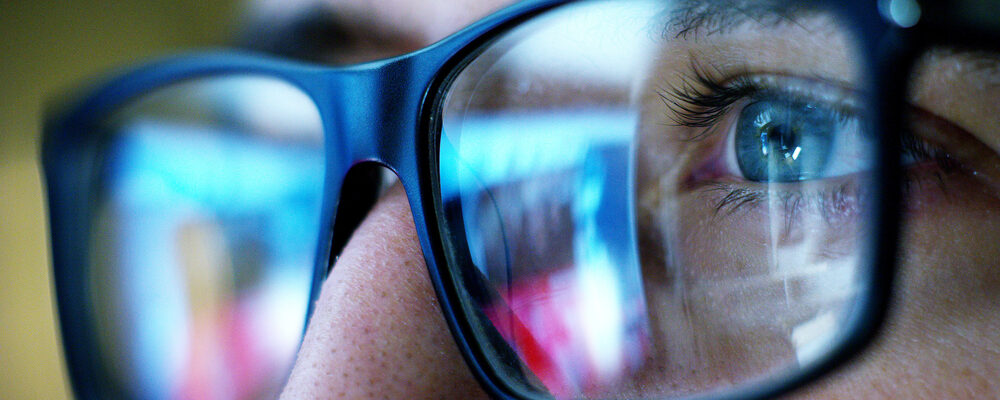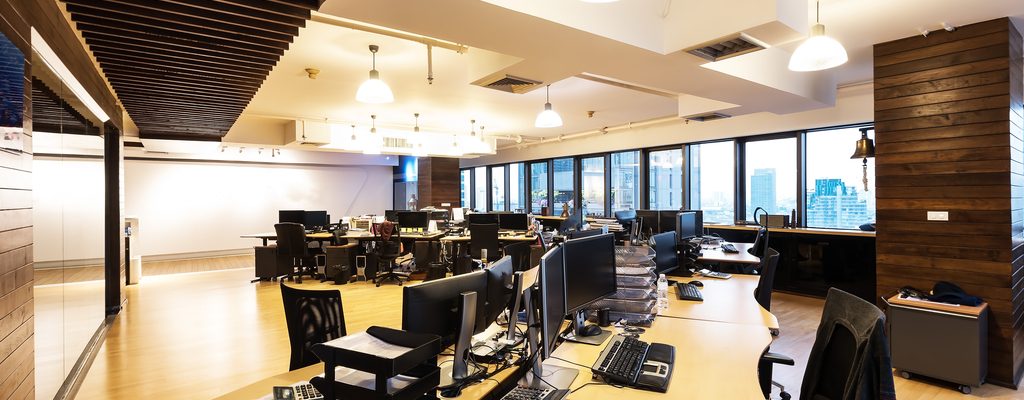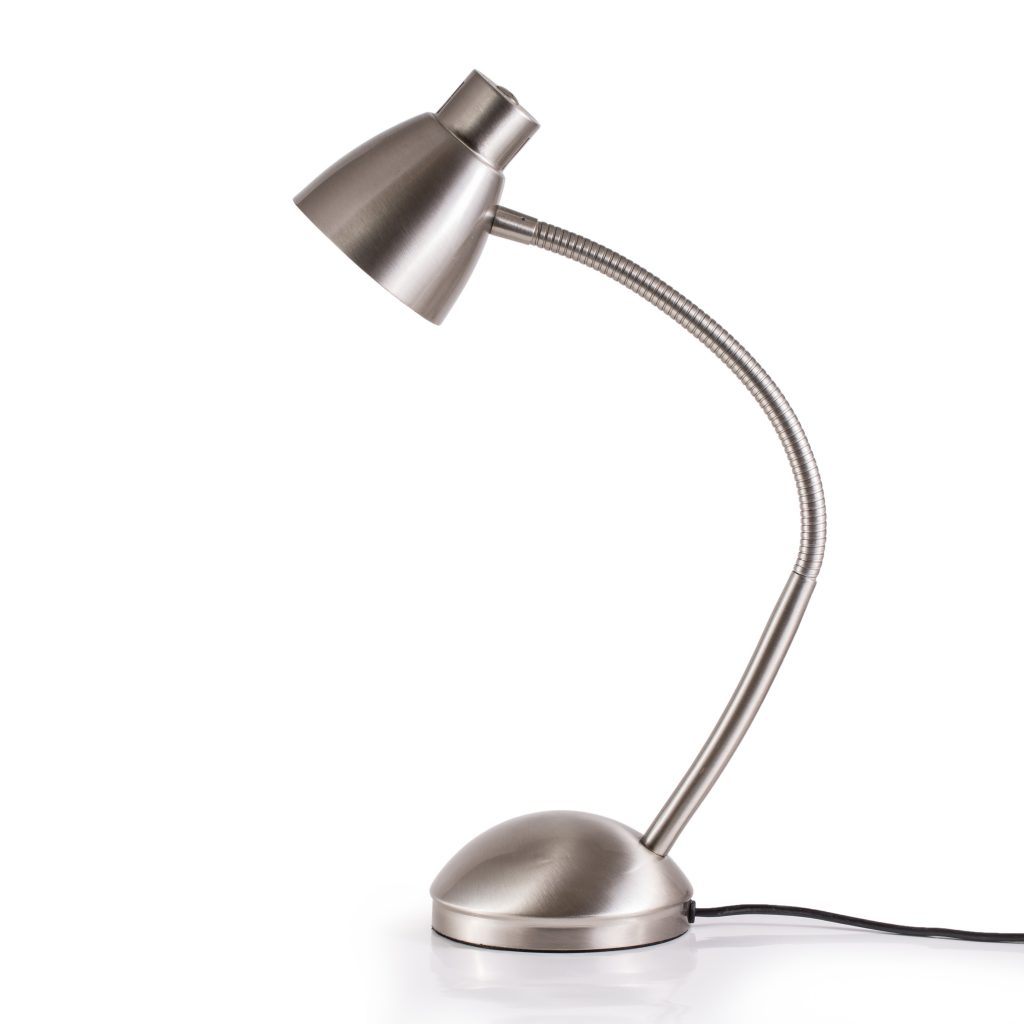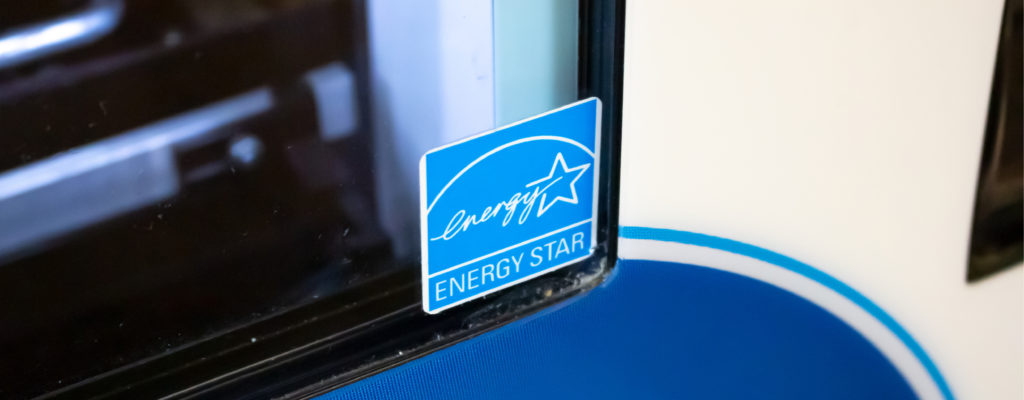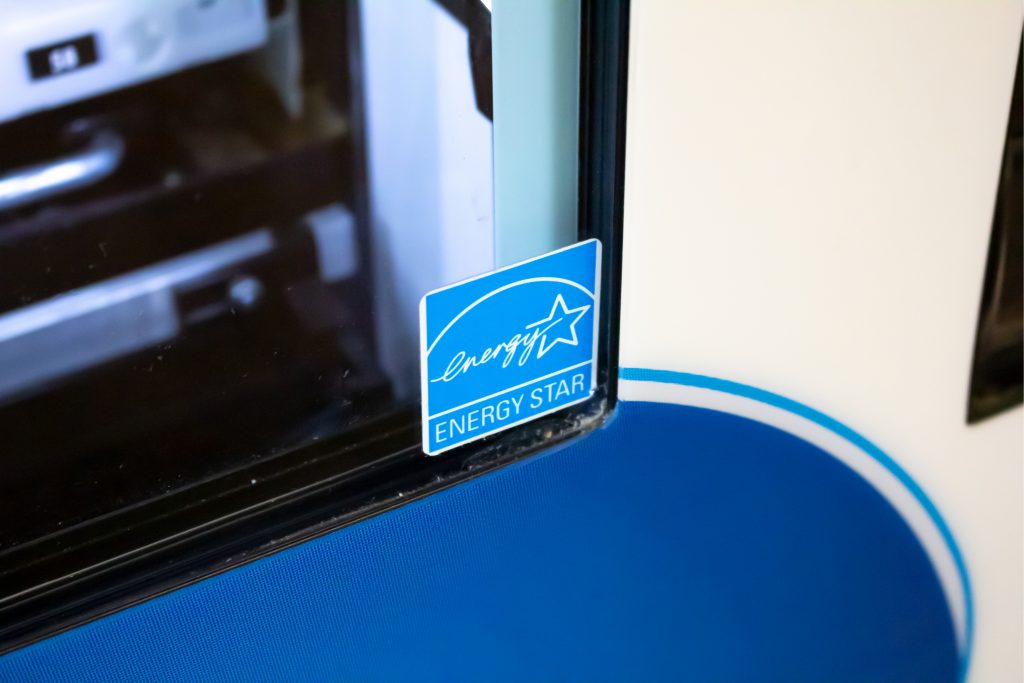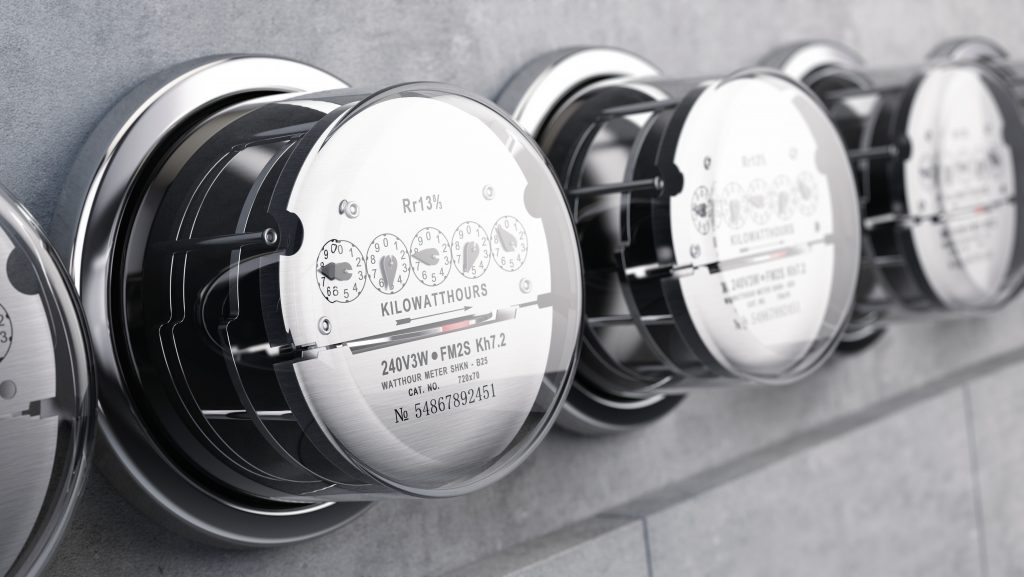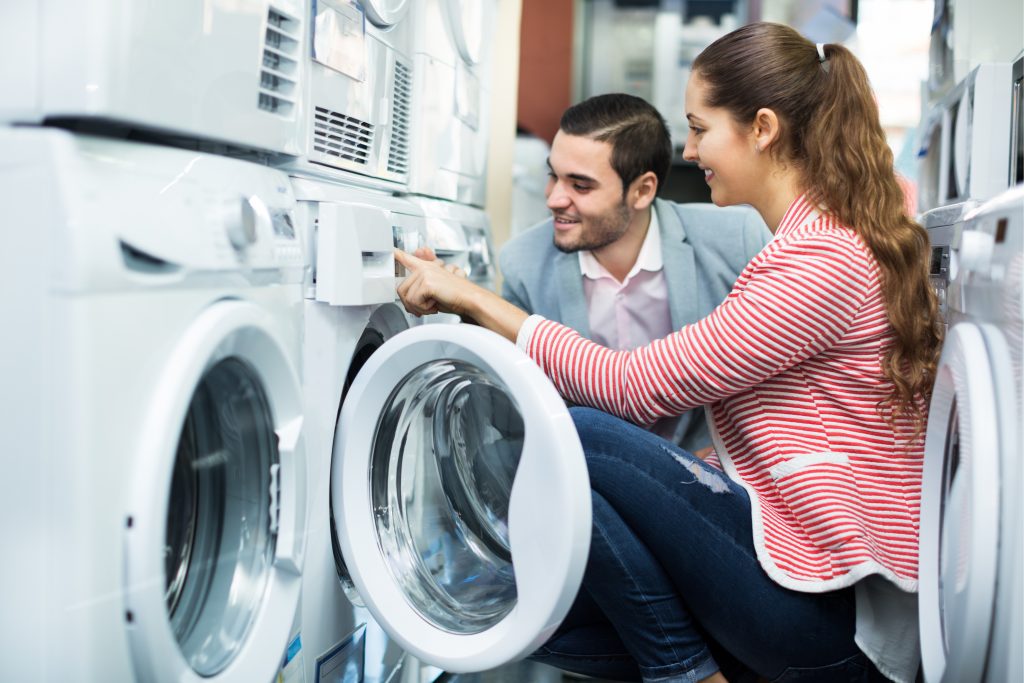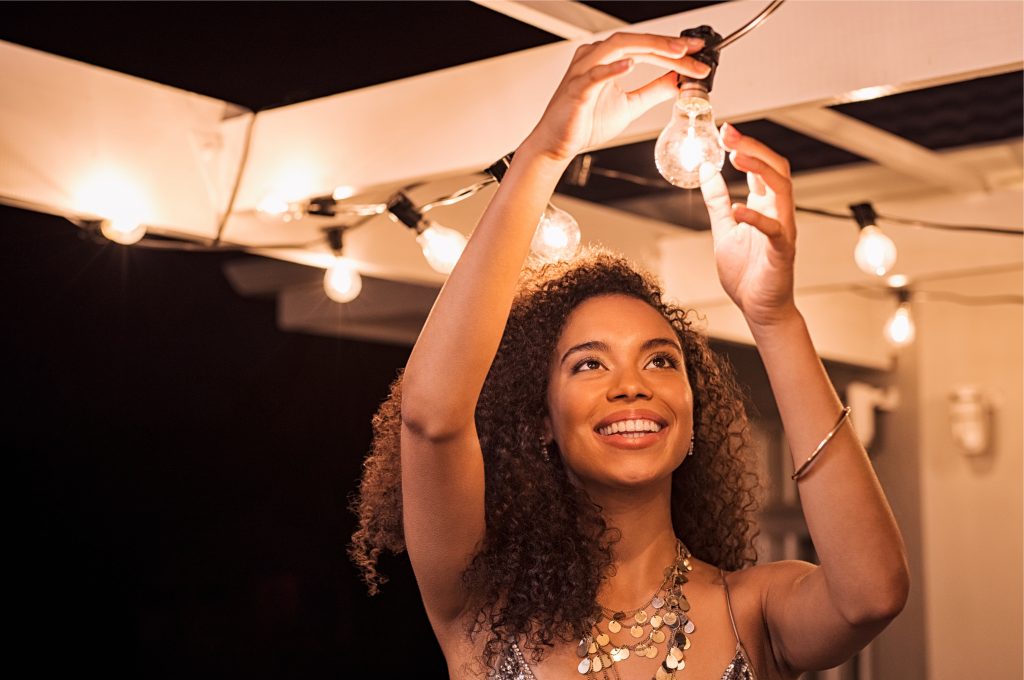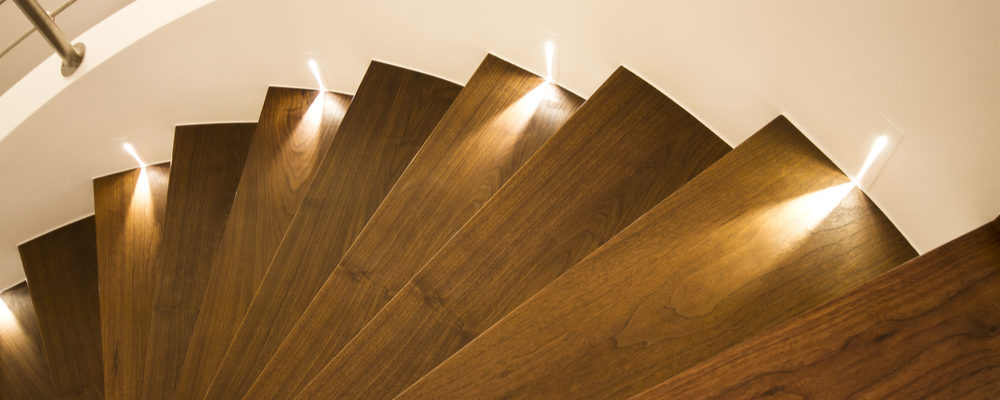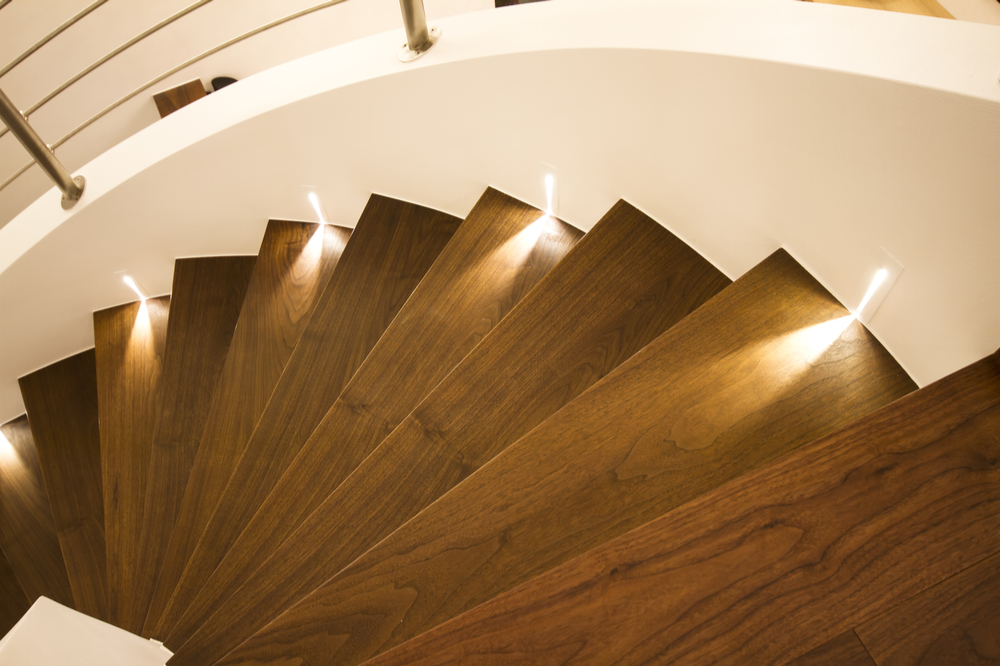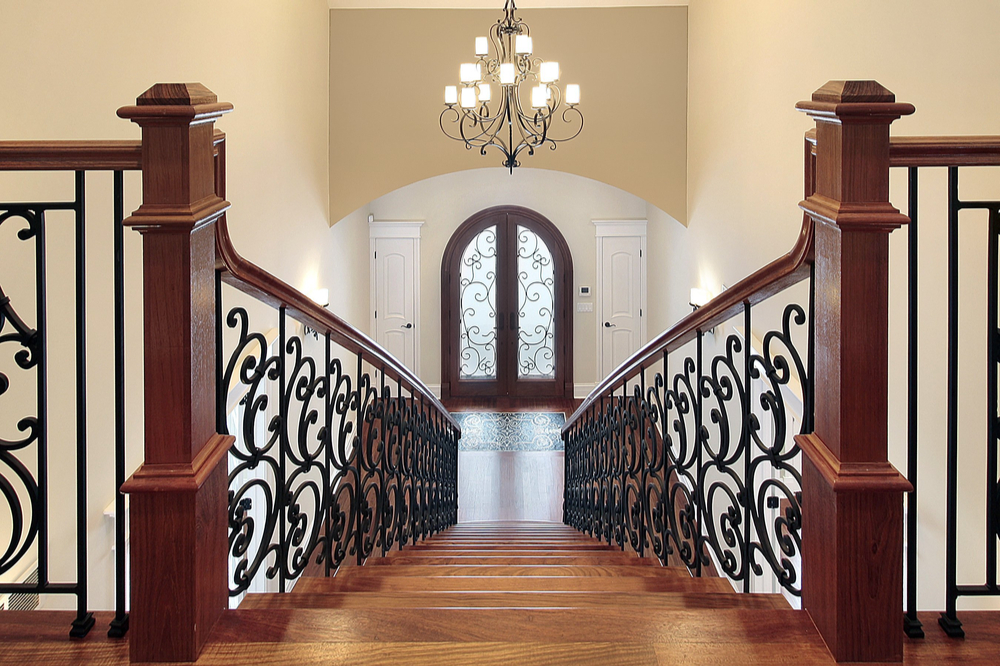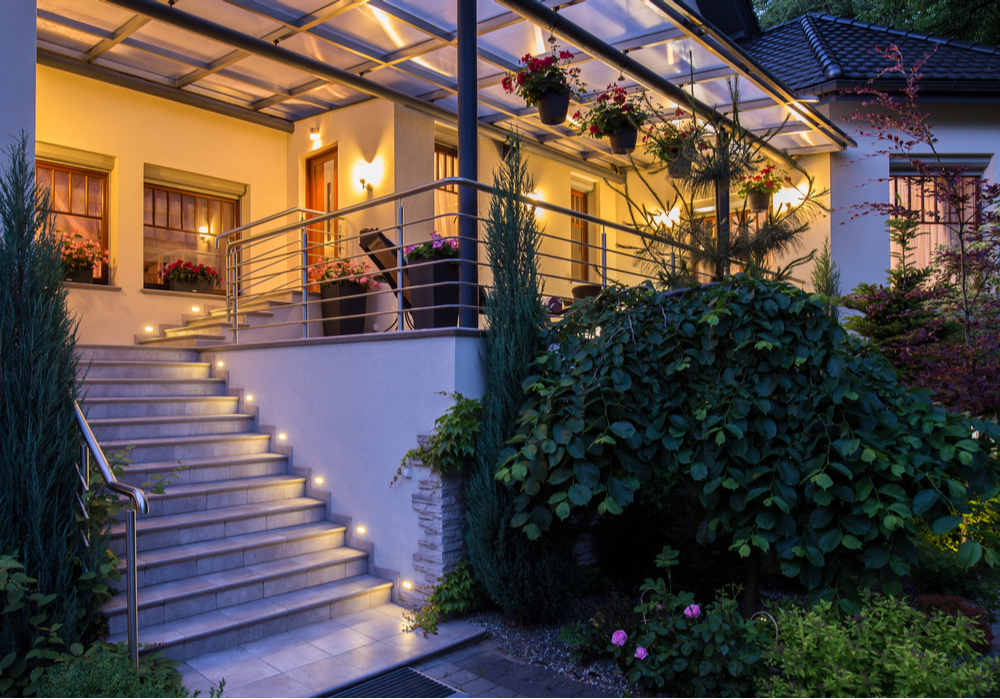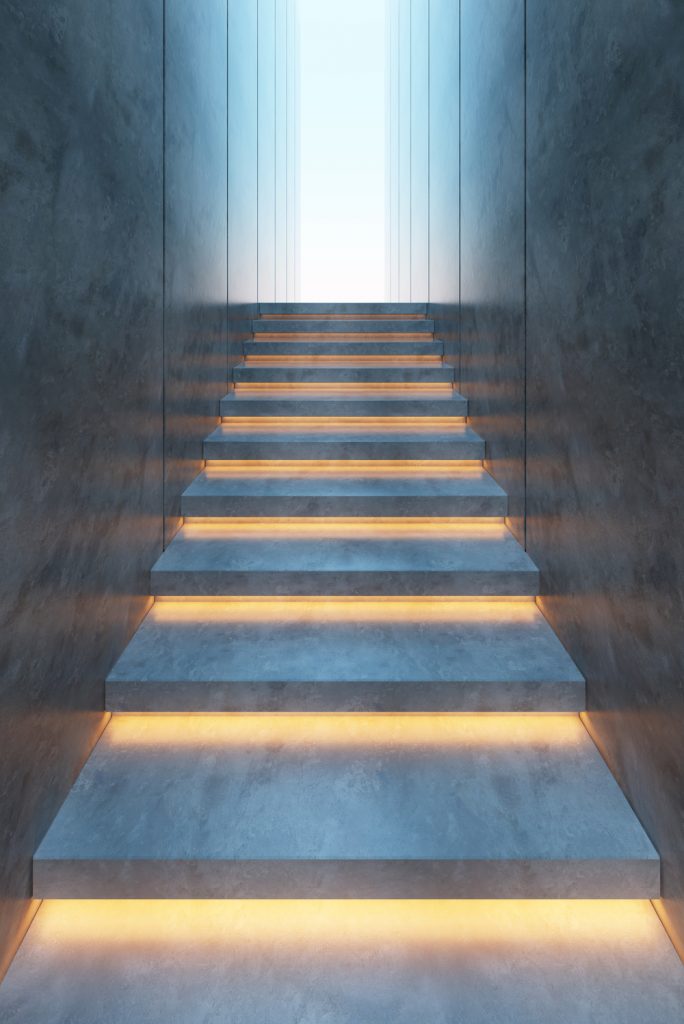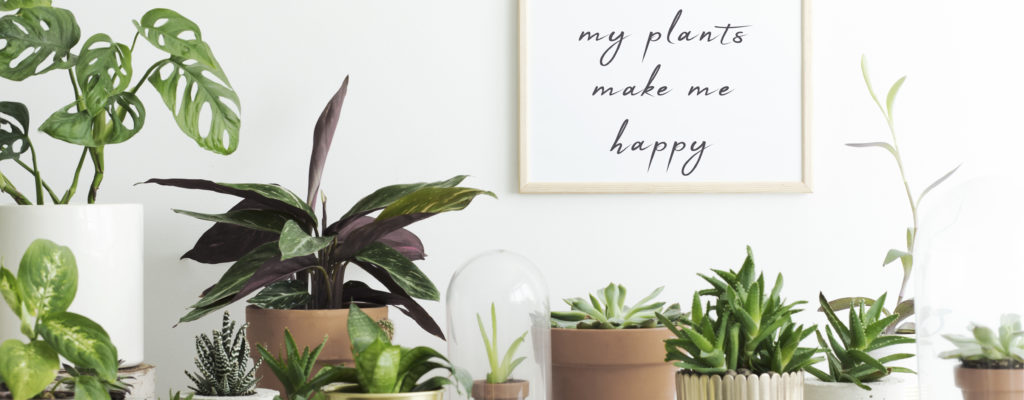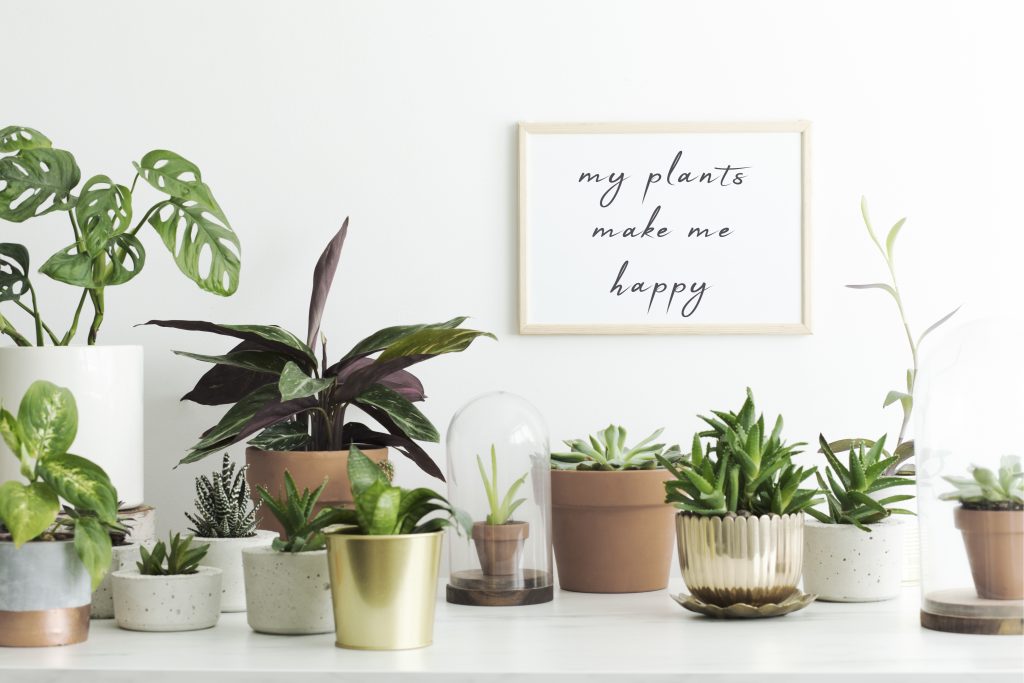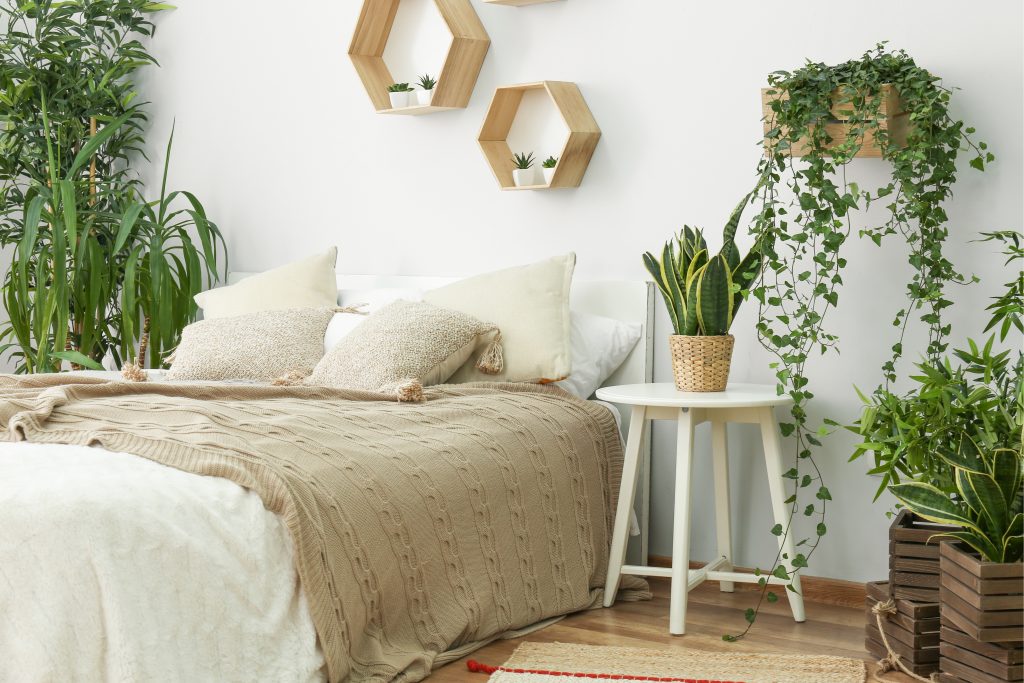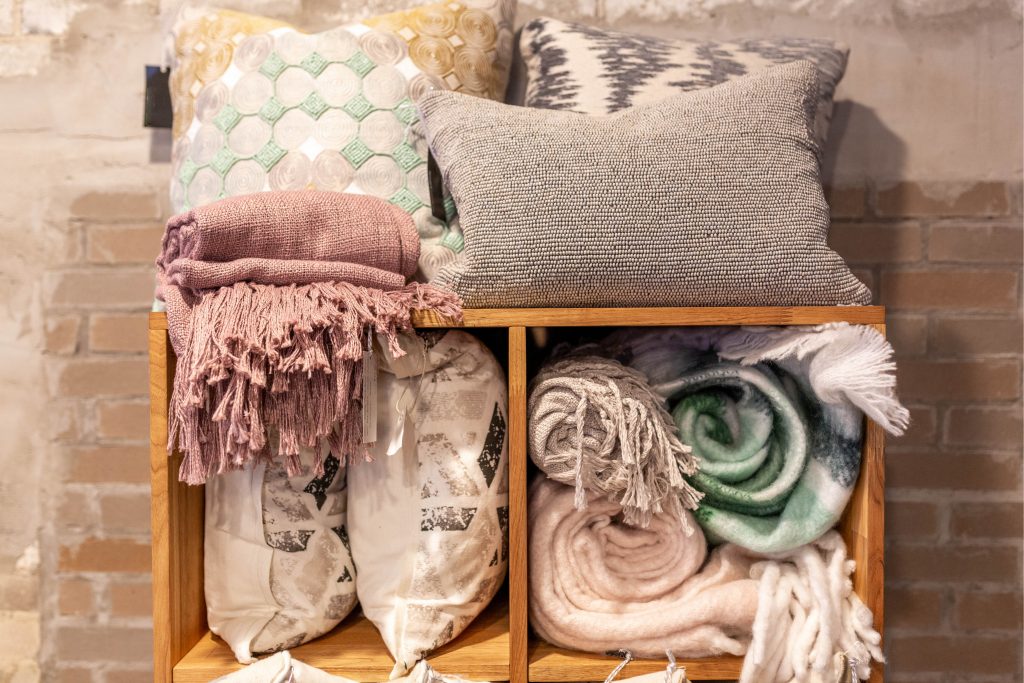Your eyes are responsible for sending about 80% of the total information that goes to your brain so it’s crucial to keep them healthy. While technology has made certain things better for our eyes, it’s also introduced new challenges.
And while it may be common sense that balanced lighting promotes eye health, what really goes into balanced lighting? First, we’ll explain how to create the best lighting for your eye health, then cover three main ways your home lighting habits may negatively impact your eyesight.
Ways Light Affects Our Eyes
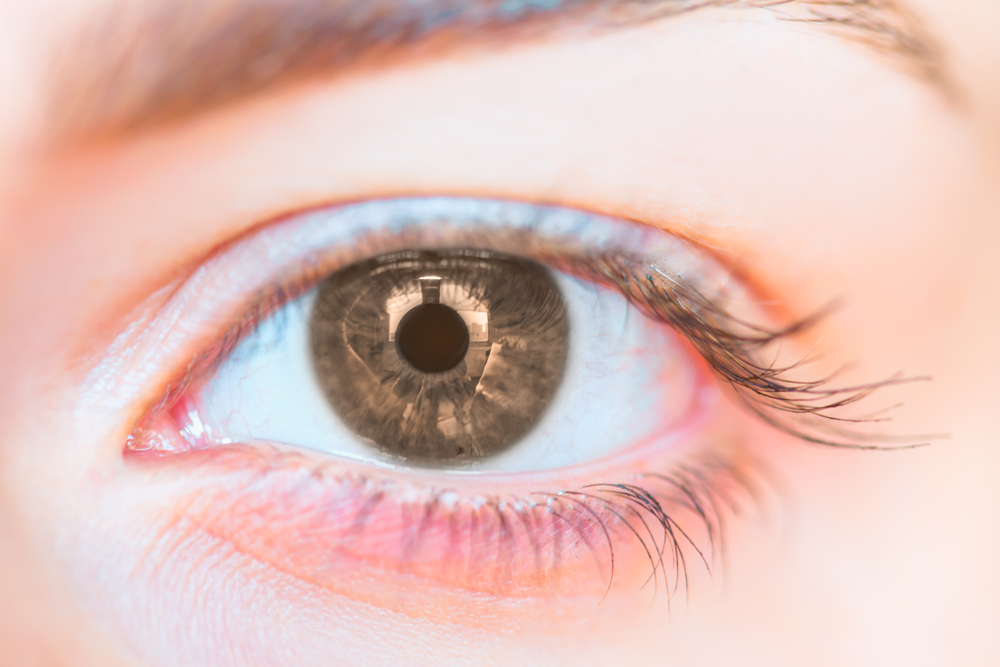
Our eyesight is 100% dependent on light– the way it bounces around a space makes it possible for us to see color, depth, and texture. Without light, there wouldn’t be any data for our brains to process. The quality of light you use has a big impact on your eyes – and your overall health – so getting the right types of light throughout your day is important. It can be a bit of a balancing act!
Bright light is essential to do good work– and working without enough light can strain or damage our eyes. Whether you’re reading a book, working at a computer screen, or slicing up veggies for dinner, you need lighting that supports your focus and subtle movements.
But dim light is also essential to eye health! Living with only bright light can seriously strain your eyes, particularly if you don’t decrease brightness in the evening. Top offenders include office fluorescents, overly powerful LEDs, and of course our phone and computer screens.
Finally, we need a break from all light every day. Sleep resets our entire body, including our eyes. Dark spaces promote restful sleep, reducing dry eyes, itchiness, and vision-related headaches and increasing healthy eye nerves.
So how do you balance the need for bright, dim, and total darkness? And how does this apply to your home? Let’s dive into some specific tips.
3 Ways to Make Your Home Light Healthier

So, how customized does your home lighting need to be to pull off the perfect balance for your eyes? While high customizations are available, there’s no need to overdo it! By focusing on the following three categories, you can confidently know that your home has healthy lighting.
1. Screen Light
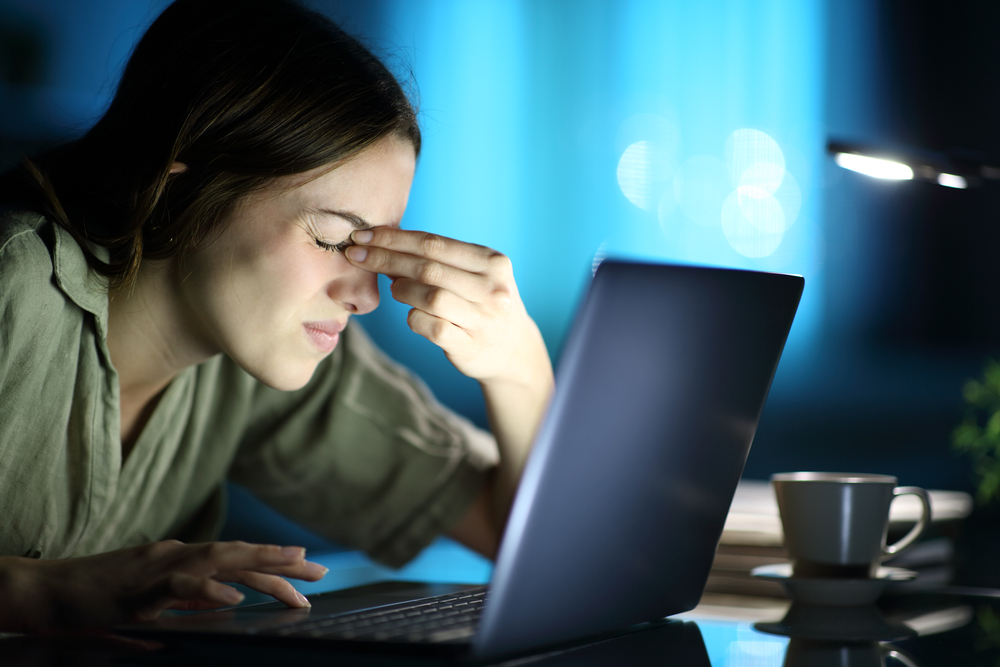
Screens are the number one culprit of today’s eyestrain and deteriorating eyesight for two reasons: the type of light and the proximity of the light.
All tech screens use blue light, from phones to tablets to computers. Blue light sends high-energy waves like the sun. This light spectrum shows true color and activates the brain to pay attention. So it’s typically a good thing that our screens use blue light.
However, shining that bright light at close range for eight or more hours a day can cause a lot of damage over time. To reduce the wear on your eyes from necessary screen time, consider the following tips:
- Use task or bias lighting. Introducing additional light sources behind or next to your screen will help break up the contrast. Try adding lamps, improving your overhead light source, or sticking an LED strip around the back of your TV or computer monitor to diffuse the light.
- Take regular breaks. Experts recommend taking a screen break every hour for 5-10 minutes. Children should take more frequent breaks since their eyes are still developing. Kids should take a break every twenty minutes of screen time
- Use blue light glasses. Blue light glasses help filter out harmful light waves and allow you to work longer, doing less damage.
2. Match the Light to the Room’s Needs
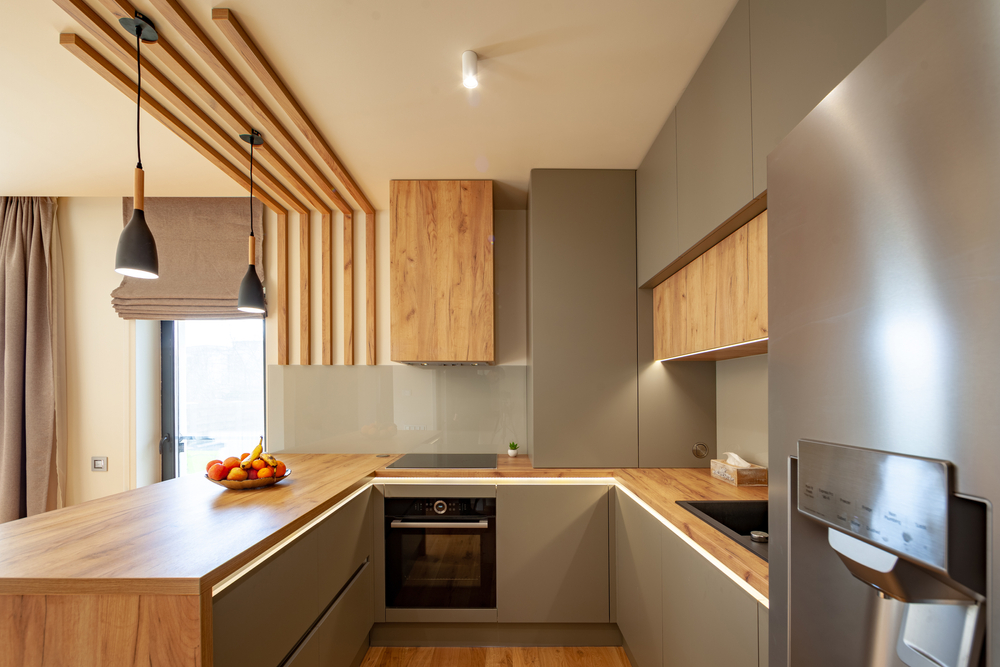
You use your kitchen, office, and bedrooms in a variety of ways throughout the day, so their lighting should change too! Otherwise you may accidentally strain your eyes with too much or too little light for what you need. With a bit of thought and a few simple tools, you’ll have your high-traffic areas perfectly prepared for all your needs, day or night.
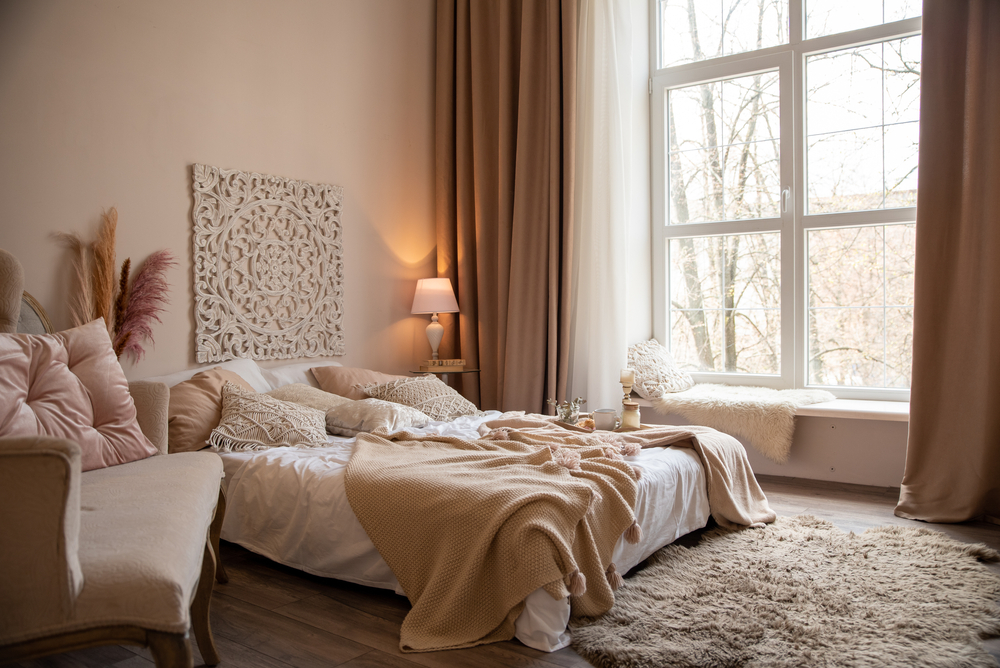
- Work Zones: Bright light is best for areas where you are performing skilled work. It will help you avoid mistakes and stay alert. So kitchens, offices, makeup tables, garages, and craft areas all need bright lighting. Make replacing current bulbs a priority in these rooms.
- Resting Areas: Bedrooms, living rooms, and bathrooms are mainly for relaxing. Warmer, dimmer light is better for these locations. This will help you to give your eyes a rest, blend colors, and signal to your brain that it’s time to wind down.
- In-between Places: You may have some spaces performing multiple functions. Bathrooms are a great example: you need bright light to get ready, but you also need a place to relax with a bath. Consider adding a dimmer switch in these rooms, or test out some color-changing LED bulbs that can be warm or cool with just the touch of a buttom.
Did you know that local lighting experts can help you get the right tools for your space? Bring your tricky areas to them to get help matching the proper lighting for your needs.
3. Types of Bulbs
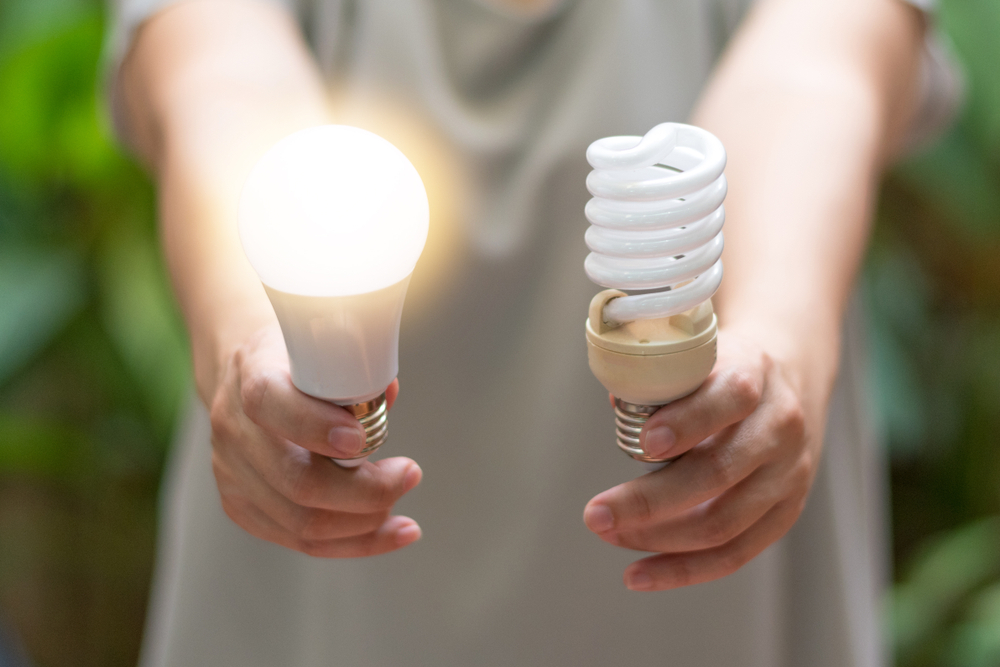
Finally, let’s talk about bulbs. Your bulb selection will help you get the right balance for your eyes and avoid having them work too hard. Here’s a rundown of common bulb types and their effects on your eye health:
- Compact Fluorescent Lights (CFLs): These twisted bulbs were trendy in the early 2000s as a domestic fluorescent option. However, fluorescent lighting is generally hard on eyes because it emits more UV rays. They also flicker at a high rate, so even though you likely won’t notice it, flourescents are associated with headaches and eye strain. So we’d recommend using another bulb first.
- Incandescent: Incandescent bulbs are quickly phasing out as a non-efficient energy light. But, with no UV rays and low blue light emission, they’re “easy on the eyes.” So you could leave a trusty incandescent bulb in your favorite reading lamp!
- LEDs: LEDs are highly customizable, meaning you can easily adjust brightness and temperature to help reduce strain on your eyes anytime. However, they emit quite a bit of blue light. They also flicker at a high frequency– it’s not visible to most people, but those prone to seizures may be triggered by too many LEDs. In general, LEDs are a safe option!
- Halogen: Halogen bulbs are very bright, making them great for task and outdoor lighting. They’re also dimmable, making them more flexible than CFLs. However, they can get very hot and have been known to cause fires. Handle these bulbs cautiousl!
A little research will help ensure that you have the best bulbs, lumens, and temperatures for your family.
Need Help?
Proper lighting is essential to a fully functioning home– but it can be challenging to nail balanced brightness, great fixtures, and a budget! Contact the experts at Illuminations for advice on your project!
